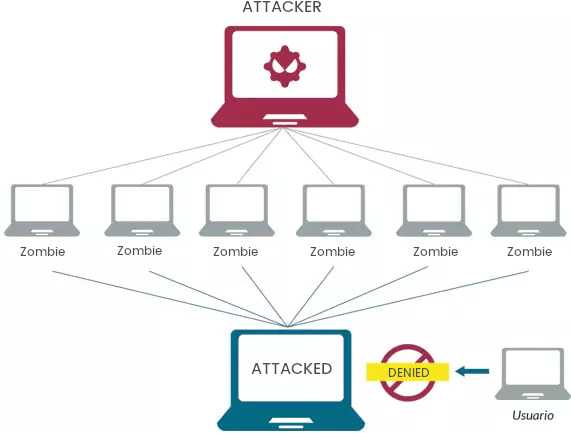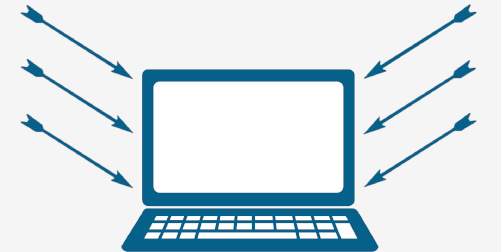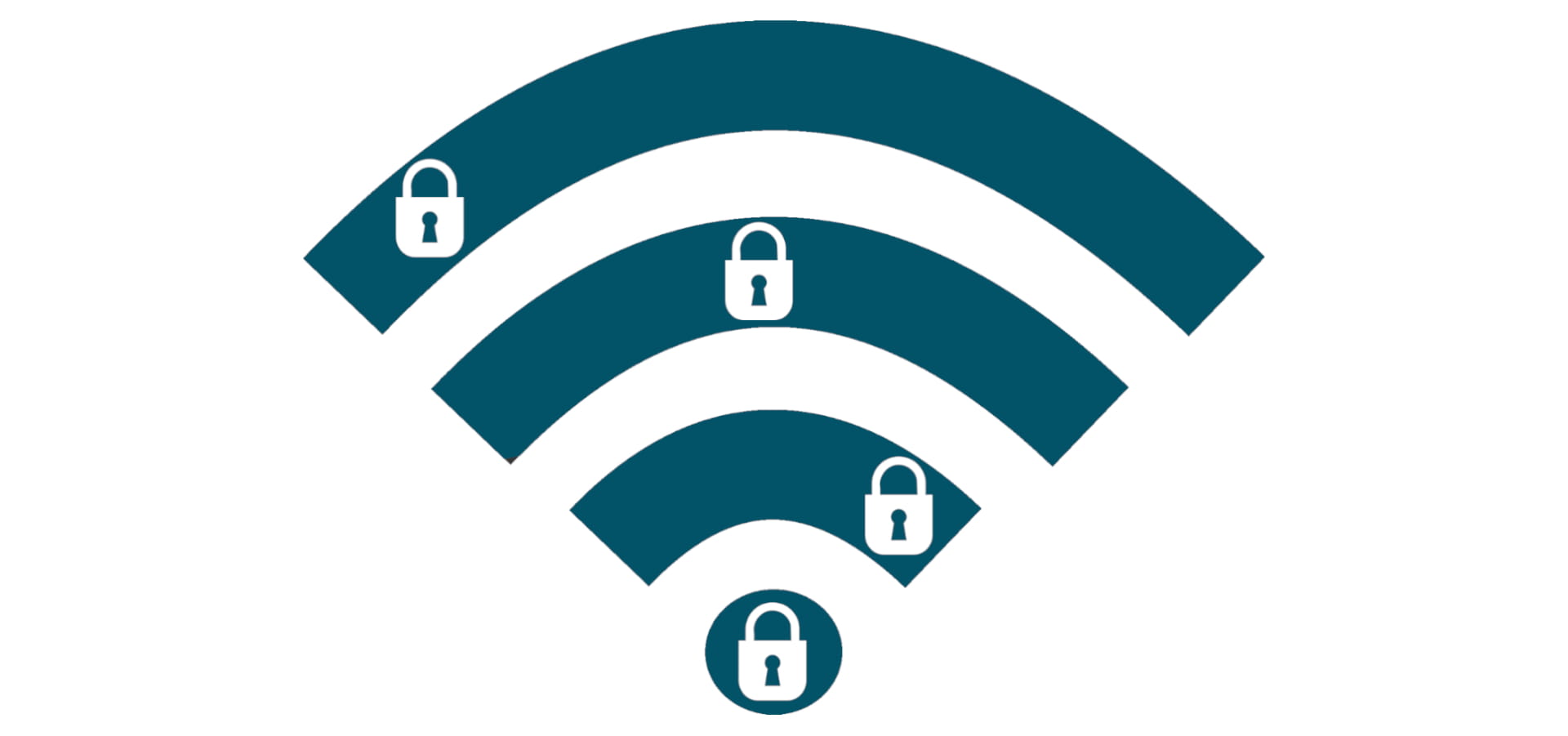Load test / DDos
A DDoS or denial of service test simulates an attack in order to know the number of simultaneous requests it can withstand, apply the necessary measures to prevent this attack and implement reactive measures in case of an attack.
What is a DDoS attack?
- The service will run much slower.
- Due to saturation, some or all user access attempts are denied.
These attacks are carried out from a “botnet“, which consists of computers that have been previously infected in order to execute the attack simultaneously from the entire network.

How does a DDoS test combat this type of attack?
The objective of the DDoS test is to detect in a controlled manner when this type of attack can be successful, and to improve the design of the network architecture to make it as resistant as possible to these attacks. To achieve this, the following steps are taken:

Load test
We have the capacity to perform DoS (Denial of Service) or DDoS (Distributed Denial of Service), depending on the intensity defined with the client, with the possibility of performing the attack from multiple locations and countries.

Preventive measures
With these measures, the customer’s network will be more flexible, allowing them to withstand high traffic peaks without their infrastructure suffering as a result.

Reactive measures
Are DDoS attacks frequent?
The longest DDoS attack in history lasted 509 hours, more than 21 days.
The second quarter of 2019 saw the longest DDoS attack in history, lasting 509 hours, more than 21 days. When this type of attack spreads over such a long period of time, it can really put a company in check.
Pentest, the perfect complement to DDoS testing
A pentest consists of an IT security audit in which the company’s infrastructure is attacked in a controlled manner as if it were a cybercriminal to find existing vulnerabilities in it.




